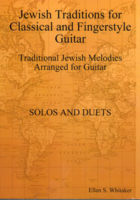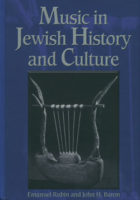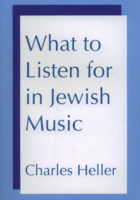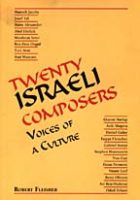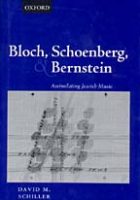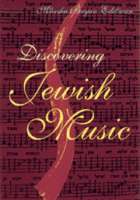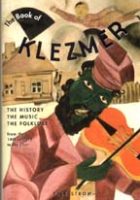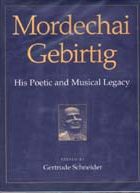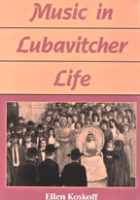Solo Vocal Works on Jewish Themes: A Bibliography of Jewish Composers
By Kenneth Jaffe
An important new reference work has been published for identifying solo vocal works on all sorts of Jewish themes. This highly useful work gives an alphabetical list of composers with appropriate vocal works listed (not a complete list of works by each composer, but appropriately sticking to the scope of this volume). Many useful details, such as birth and death dates, place of birth, musical forces needed, first performance if known, translations of titles, and locations of scores. With some of the dramatic works, a lyricist might be named, as well as a brief synopsis of plot given.But the author doesn’t stop there; he provides useful “themes”, first based on the biblical texts, if used. In addition, he then provides themes such holidays, but also, “Jewish experience”, children’s material, philosophy, Holocaust or persecution, interfaith works, Jewish history, Yiddish theater, Sacred Services, and weddings.…
CONTINUE READING >


